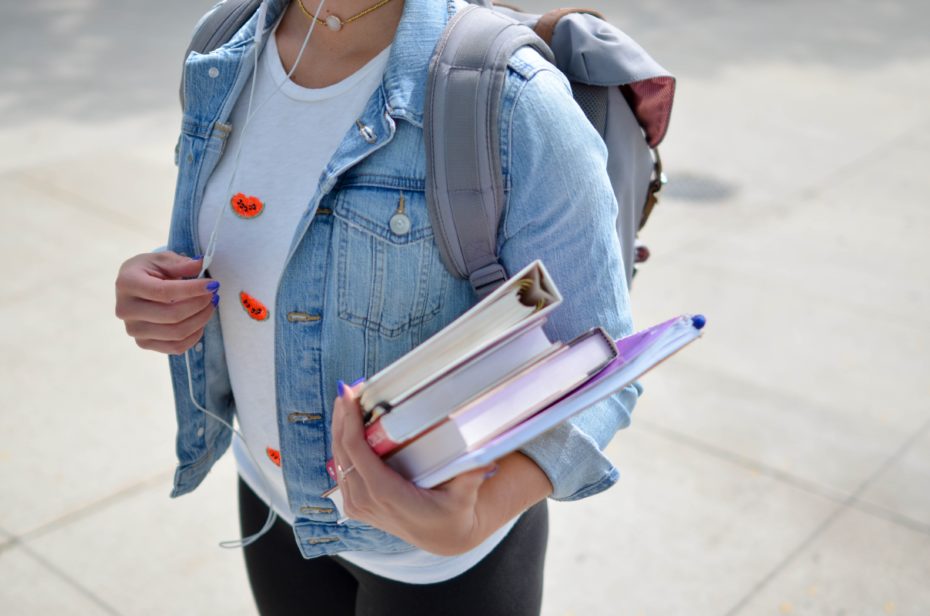As we continue our Back-to-School series, there cannot be enough emphasis on equipping and empowering students.
From At-Risk to Advocate
When we engage with communities, we often hear from parents, family members, teachers, or school staff about their concerns for the vulnerabilities students face. Whether through social media, the Internet, or socially, teens can be at-risk and not even know it. We have seen and heard from many adults that when they shared information and resources with their students that were relevant and relateable, the students saw for themselves how and why they were at-risk. They understood online safety risks, why they couldn’t just accept anyone’s friend request, what can happen at parties, and how they can keep their friends safe.
We have seen numerous examples around the country where students went from being at-risk to advocates in their community while engaging their peers and schools to bring awareness.
Equip
Equipping students to know what makes them vulnerable, what signs to look for, and how to report human trafficking increases identification and services that can be made available. This is important for several reasons:
- Students may not initially disclose information to an adult but may share with another student.
- A student may notice red flags when talking with a friend and need to know what to do.
- A student may be contacted by an agency with a job offer on social media or through gaming.
Empower
Students are a powerful force, and yet, an often untapped resource. They are passionate, creative, innovative, and motivated. They are powerful advocates on campuses through clubs, sports, classrooms, and more.
Educating students on how human trafficking and vulnerabilities intersect with issues they are interested in, as well as within various career fields, enables them to become lifelong justice advocates.
It is important that students know about all forms of human trafficking and laws that exist to address it as well as what vulnerabilities lead to human trafficking. All students can obtain a foundational understanding of human trafficking with the Human Trafficking Awareness Badge.
Never underestimate the influence of a student. They are a voice on campus, social media, and in their communities. Student-created resources, such as a toolkit or social media, can be shared from student to student.
Can students engage in the classes they are already taking? Are there ways that classroom content can incorporate human trafficking awareness and make it relevant to students? Middle and high school students can participate in resources in their classes, including theater, photography or journalism.
College students can be advocates on campus and in the community. They can also bring awareness to high school students, providing peer-to-peer education.
Resident advisors, sororities, fraternities, and clubs can educate residents and members, then mobilize them to engage. This may include raising funds or in-kind donations for a local program, passing out information at a booth at a school event, or coordinating a panel for a screening.
Equipping students is powerful because when they are mobilized, the possibilities are limitless!
For more ideas, examples, and resources about how students of all ages can engage, subscribe to our University & Educators membership.
Check out the human trafficking resources and information on our website, sign up for Engage Together® communications to get monthly resources of existing efforts sent right to your inbox, earn your free Human Trafficking Awareness Badge through Justice U™ and get equipped to increase your impact, or review resources specific to your role discover how you are uniquely positioned to engage.

